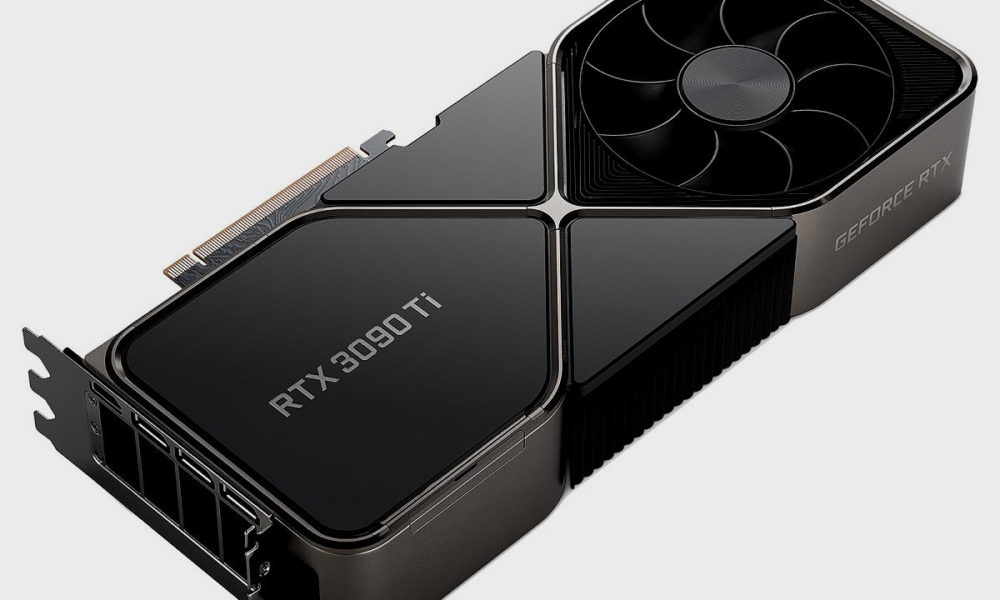Surviving a heart attack leaves sequelae in the tissue of this muscular organ. As with wounds, our own body has a system that cleans the wound and lays the foundation for healing. The key is in macrophages, cells of the immune system that are responsible for cleaning, but whose task in healing is more complex. A team of North American researchers studied how these macrophages behave, an important step toward improving care for those who suffer from such events throughout their lives.
Macrophages and VEGFC.
The immune system, more specifically the lymphatic system, plays a central role in the recovery of the heart after a heart attack. After that, macrophages, the cells of our immune system, whose normal function is to destroy bacteria and regulate the inflammatory response by producing cytokines, come into play. But this time his goal is to “eat” muscle tissue damaged by a heart attack. This process is called efferocytosis.
But the job of macrophages doesn’t stop there, as the team discovered, and once the macrophages begin their cleanup, they allow a protein called vascular endothelial growth factor (VEGFC) to emerge. Edward Thorp, one of the researchers responsible for the study, explains that this substance “triggers the formation of new lymphatic vessels and promotes healing.”
Not all macrophages are the same.
The study also draws a distinction between what the authors refer to as “good” and “bad” macrophages. The former will be those that induce the VEGFC factor, while the latter will be macrophages that elicit an inflammatory response unrelated to the appearance of this protein but ultimately harmful to the heart. According to study co-author Guillermo Oliver, it’s important to prevent these “bad” macrophages from causing further damage.
The value of new knowledge.
A heart attack increases the likelihood of future heart problems, especially heart failure, where the organ is unable to do its job effectively enough. Medication is the only alternative today, but a better understanding of the heart’s healing process can help doctors facilitate patients’ recovery.
From mice to humans.
The group working on this discovery worked with mouse cells to develop models of how these macrophages work, but they hope their discovery could aid in cardiac rehabilitation processes. cardiac repair,” explains Oliver.
The key would be to find a way to promote the presence of “good macrophages” while reducing or completely eliminating the presence of the “bad” ones after a heart attack. Thorp also mentions the possibility of direct administration of the VEGFC protein to patients to accelerate this process.
Cardiac Rehabilitation
Rehabilitation is an important part of the recovery process from a heart attack and includes not only physiological but also psychological factors. According to the Spanish Heart Foundation, this has three phases, starting with hospital admission, the post-hospital learning and adaptation phase, and the third phase, where the patient will apply what has been learned. This last stage now extends throughout the patient’s life. Improvements in this process can therefore have a major impact on patients’ quality of life. However, it should always be remembered that prevention comes first.
Image | Jesse Orrico









:quality(85)//cloudfront-us-east-1.images.arcpublishing.com/infobae/OQMMTV5MXVDZNNT7DQWPTCJPBI.jpg)



